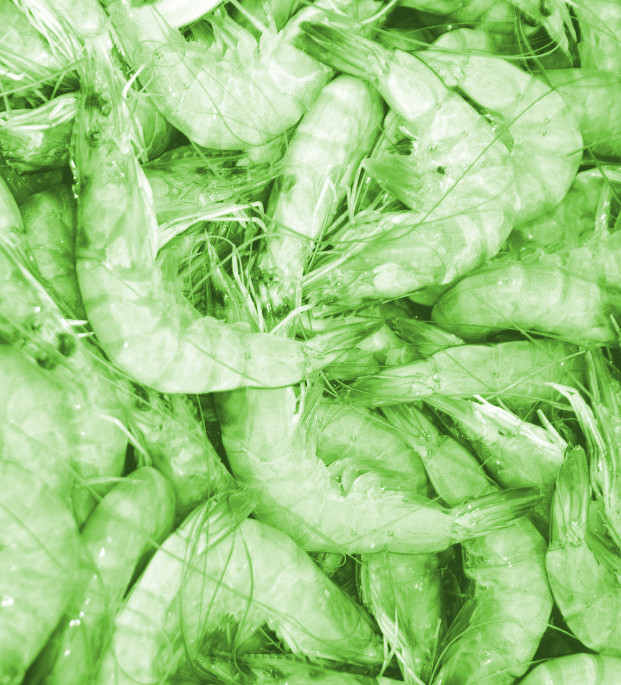X-rays reveal seafood origin
 Australia is moving forward with a new system to identify the origin of seafood using portable x-ray machines.
Australia is moving forward with a new system to identify the origin of seafood using portable x-ray machines.
The system is being pioneered by experts at Australian Nuclear Science and Technology Organisation (ANSTO), who say their latest tests of portable x-ray fluorescence (XRF) technology show it is an appropriate analytical technique for determining seafood provenance at external sites.
The XRF scans generate a profile of the elements in a seafood sample that serves as a fingerprint.
Each type of seafood has a unique fingerprint that relates to the specific environment, where it was bred and fed.
The plan is to use portable scanners to measure an unprepared sample in the marketplace in minutes, yielding a preliminary result using a centralised database. If a product is suspicious, additional samples could be taken for more in-depth analyses in the laboratory.
Olympus, one of the largest instrument companies in the world, has loaned ANSTO the portable XRF equipment to repurpose for the analysis of seafood samples.
“The major focus of the first year was to test the efficacy of a handheld XRF for seafood analysis and develop an analytical protocol for it,” said Dr Debashish Mazumder, Project Lead for Food Provenance at ANSTO.
“A full-body scan determined that the element signatures were consistent across the length of the prawn and between most key elements from the handheld XRF and the lab-based ITRAX micro-XRF scanner.“
The first field tests were run on a tiger prawn sample collection that included 320 individual prawns from authentic sources, representing 10 separate farms and 4 wild-caught ocean regions. They were provided by the Sydney Fish Markets.
The experts are now working to develop the database against which samples will be tested.
The Department of Primary Industries Fisheries has agreed to coordinate the supply of authentic oysters from a range of locations of economic importance across Australia for the development of the fingerprint database.
Similarly, Tuna Australia has agreed to provide tuna samples from various parts of the tuna fishery network.
About 27 yellowfin tuna samples from four distinct geographical locations in Australia have already been collected for the fingerprint database.








 Print
Print